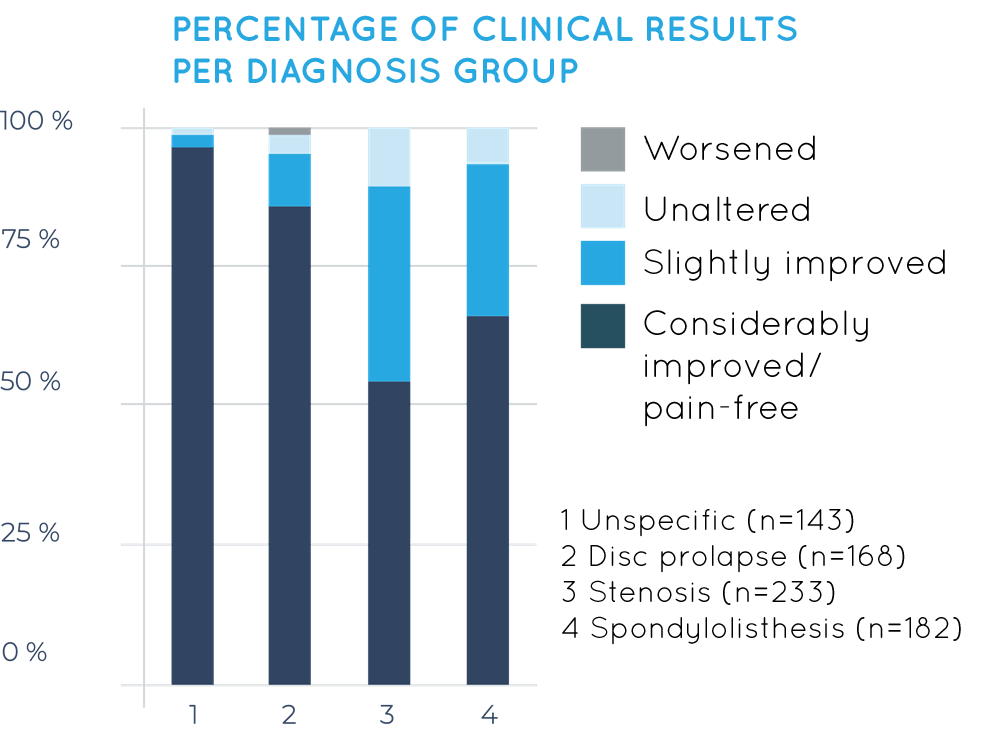ANATOMY
We are aware today, that chronic back pain usually is the result of a weak autochthonous back musculature. These muscles play a key role in stabilizing the spine and upright posture, but can not be tensed deliberately. They are inherent and generally don´t need exercise. However the increasing sedentary lifestyle, the lack of exercise in every day life or a pain-related relieving posture cause the weakening of the autochthonous musculature an as a result of the entire spine. In contrast to superficial muscles, which can be trained in a fitness center, the autochthonous spine muscles can only be exercised through isolated muscle training. The Powespine training machines enable us to build up cervical as well as lumbar spine musculature without any interference of surrounding muscles. Meaning that the superficial musculature is excluded through specific fixation and ergonomic features of the machines. So the cause of back pain can be eliminated.




